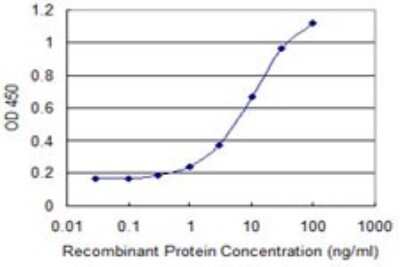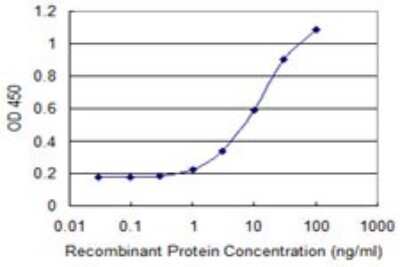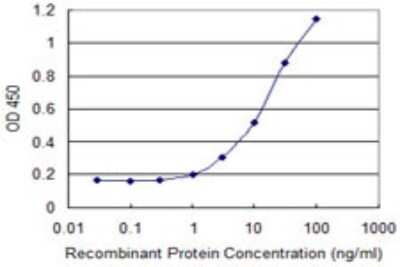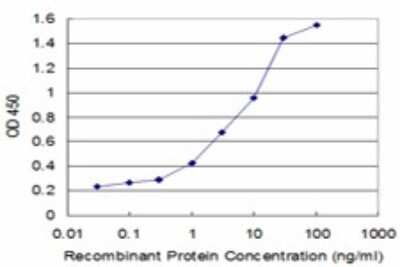BMP-5 Products
Bone Morphogenetic Protein-5 (BMP-5) is a TGF-beta superfamily homodimeric cytokine. Cellular responses to BMP-5 are mediated by the formation of hetero-oligomeric complexes of type I and type II serine/threonine kinase receptors. BMP-5 is expressed by chondrocytes in proliferating and hypertrophic zones of bone growth plates. It contributes to ...
18 results for "BMP-5" in Products
18 results for "BMP-5" in Products
BMP-5 Products
Bone Morphogenetic Protein-5 (BMP-5) is a TGF-beta superfamily homodimeric cytokine. Cellular responses to BMP-5 are mediated by the formation of hetero-oligomeric complexes of type I and type II serine/threonine kinase receptors. BMP-5 is expressed by chondrocytes in proliferating and hypertrophic zones of bone growth plates. It contributes to ...
| Source: | CHO |
| Accession #: | P22003 |
| Applications: | BA |
| Reactivity: | Human |
| Details: | Goat IgG Polyclonal |
| Applications: | WB, IHC, Neut |
| Source: | CHO |
| Accession #: | P49003 |
| Applications: | BA |
| Reactivity: | Mouse |
| Details: | Sheep IgG Polyclonal |
| Applications: | WB, IHC |
| Reactivity: | Human |
| Details: | Goat IgG Polyclonal |
| Applications: | WB, IHC |
| Reactivity: | Human |
| Details: | Mouse IgG2a Monoclonal Clone #78205 |
| Applications: | WB |
| Reactivity: | Human |
| Details: | Mouse IgG2b Monoclonal Clone #149107 |
| Applications: | Neut |
| Reactivity: | Mouse |
| Details: | Rat IgG1 Monoclonal Clone #781321 |
| Applications: | Neut |
| Applications: | ELISA |
| Applications: | ELISA |
| Reactivity: | Human |
| Details: | Mouse IgG2a Kappa Monoclonal Clone #1G6 |
| Applications: | WB, ELISA |
| Applications: | WB |
| Reactivity: | Human |
| Details: | Mouse IgG2b Kappa Monoclonal Clone #3G11 |
| Applications: | ELISA |
| Reactivity: | Human |
| Details: | Mouse IgG2b Kappa Monoclonal Clone #1C1 |
| Applications: | ELISA |
| Reactivity: | Human |
| Details: | Mouse IgG2a Kappa Monoclonal Clone #2A5 |
| Applications: | ELISA |
| Reactivity: | Human |
| Details: | Mouse IgG2a Kappa Monoclonal Clone #2F12 |
| Applications: | ELISA |






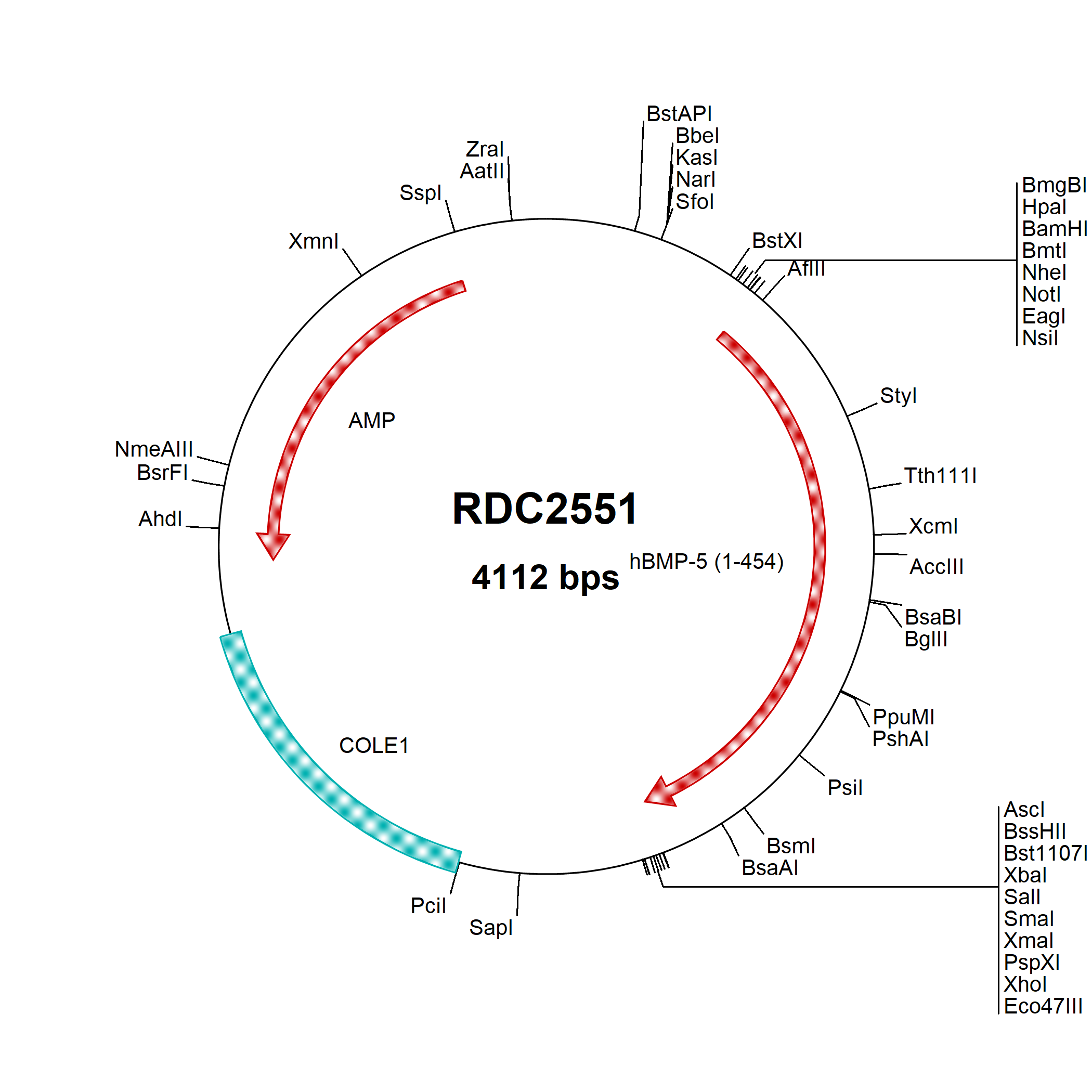
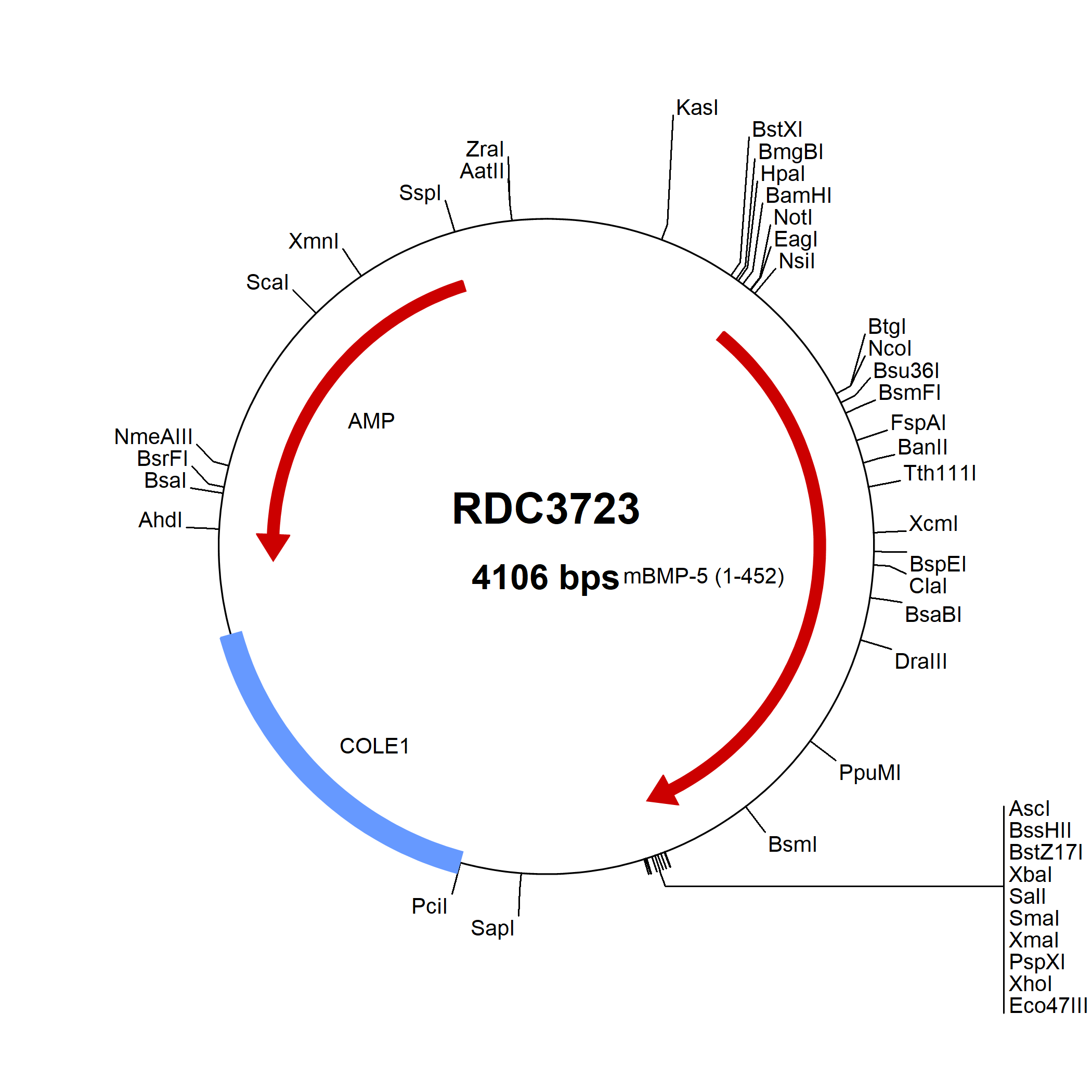

![ELISA: Human BMP-5 ELISA Kit (Colorimetric) [NBP2-69995] - Human BMP-5 ELISA Kit (Colorimetric)](https://resources.bio-techne.com/images/products/nbp2-69995_human-bmp-5-elisa-kit-colorimetric-13220241613051.jpg)
![ELISA: Rat BMP-5 ELISA Kit (Colorimetric) [NBP2-69996] - Rat BMP-5 ELISA Kit (Colorimetric)](https://resources.bio-techne.com/images/products/nbp2-69996_rat-bmp-5-elisa-kit-colorimetric-13220241613033.jpg)
![Western Blot: BMP-5 Antibody (1G6) [H00000653-M82] Western Blot: BMP-5 Antibody (1G6) [H00000653-M82]](https://resources.bio-techne.com/images/products/BMP-5-Antibody-1G6-Western-Blot-H00000653-M82-img0001.jpg)
![Western Blot: BMP-5 Overexpression Lysate [NBL1-08004] Western Blot: BMP-5 Overexpression Lysate [NBL1-08004]](https://resources.bio-techne.com/images/products/BMP5-Overexpression-Lysate-Adult-Normal-Western-Blot-NBL1-08004-img0002.jpg)
